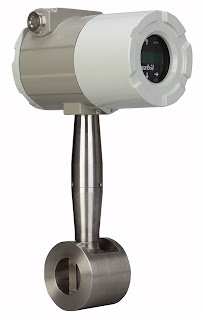 |
| Hazardous Area Access Point Enclosure Courtesy Analynk Wireless |
Today, I am writing about Hazardous Area Access Point Enclosures, but recently have also written about two other Analynk products with which anyone involved with industrial wireless communications should become familiar. Check out New Antenna for Hazardous Area Wireless Communication and Cellular Device Data Links for Industrial Process Monitoring and Control (long titles, but short easily read articles).
Access point enclosures for hazardous areas must be specifically designed to accommodate the access point product selected by the customer....Cisco, Symbol, Meru, Aruba, Hewlett Packard, Motorola, and others. The matching enclosure for an access point will have:
- Custom mounting bracket mating to the customer's access point.
- UL listed enclosure for subject hazardous area, including antenna locations coordinated with access point device arrangement.
- UL listed explosion proof antenna, one or more as need for the subject access point.
- All hardware, mounting plate, and RF cables to simplify installation and startup
A product specialist can help you with the latest available information. Contact them to discuss your application and how to best fulfill your hazardous area wireless communication requirements.






